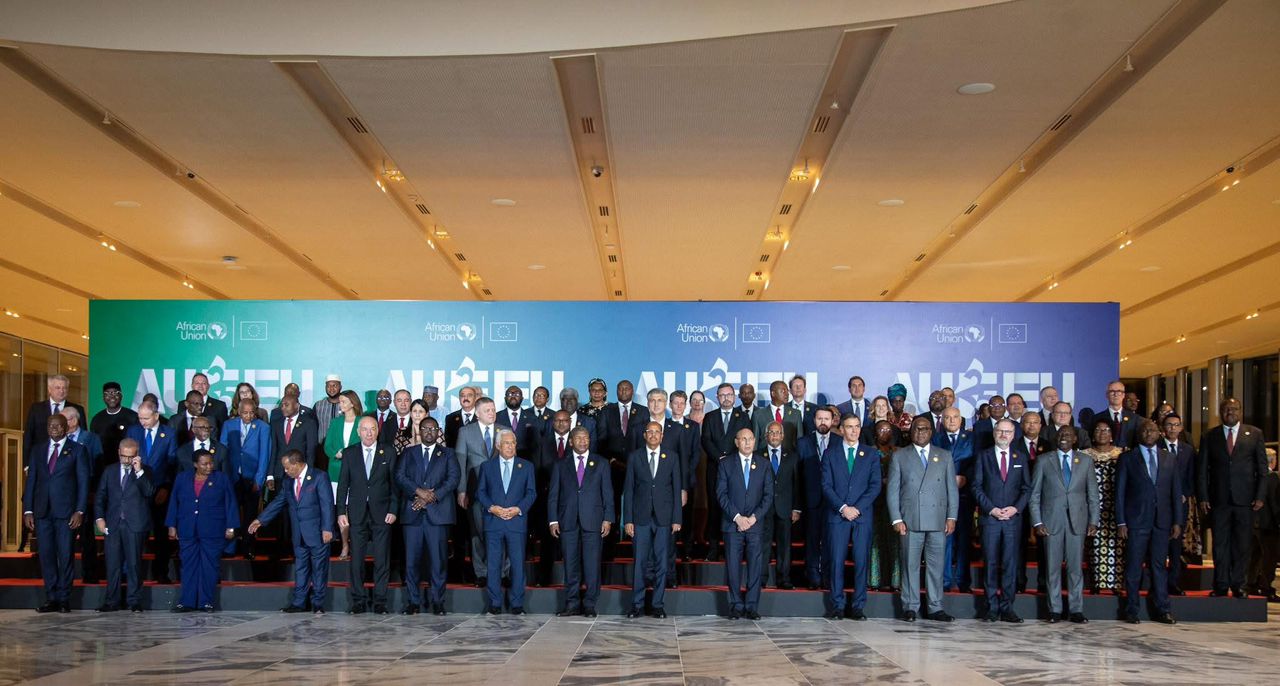18-20 The soluble complexes between F- and alkali-Earth cations in GBL most likely happen in the identical order. As for complexation involving Li+, the order two advanced, Li2F+, is essentially the most believable species. The unique complexing functionality of Li+ among the alkali cations may be related to the precise geometrical and digital structures of Li2F+ in polar solvents. We check with liquid electrolytes containing https://literaturereviewwritingservice.com/ such complexes as the primary sources of electrochemically energetic fluoride ions as Li+/F-(Mg2+/F-) hybrid electrolytes.
Here, the species in parenthesis characterize self-catalysts and hypothetical impartial intermediates based on the assumption of F- abstraction from LiF↓(MgF2↓) by Li2F+(MgF+). One of the experimental helps for reactions 9 and 10 is the observation that we may readily redissolve a noticeable colloidal clouding within the Li+/F-(Mg2+/F-) hybrid electrolytes by including a small amount of additional Li+(Mg2+) ions. The conductometric titration experiments also supported the proposed catalytic operate of Li2F+(MgF+) .
LA SUITE APRÈS LA PUBLICITÉ
Notably, despite the important question discussed above, Fig. 5 serves as the one presently out there experimental base on which we could address the plausible thermodynamic parameters for the advanced formation in the Li+/F- hybrid electrolyte. One essential assumption is that the steadiness after deducing the two.2 mM (yielding the minor 19F peak in Fig. 5b) from the entire fluoride focus was solely because of the Li2F+ complexes. It then follows that uncomplexed Li+ ions remained at 430 mM. These numbers instantly allow for crude estimates of K1,sp, K2, and K3,sp ([Li2F+][[F‒]) as 9.5 × 10−4, ninety, and eight.1 × 10−5, respectively. Note that K3,sp, on this case, is the same as K1,sp 2 K2.
7b exhibited a robust delithiation peak separated from a relatively minor fluorination sign . In the intense case where fluorination dominates over delithiation (i.e., a ∼ 0), we might alternatively view response 15 as reversible fluorination of Al-embedded Li. In contrast, the CVs obtained for the Li+/F- hybrid electrolytes (Fig. 7b) invariably exhibited a distinguishable anodic peak at round −1.7 V vs SHE. Specifically, the peak underwent important broadening and constructive shifts with increasing lithiation levels.
The extent to which lithiation progresses into the Al electrode is dependent upon the time and energy of the cathodic polarization. In the Li+/F- hybrid electrolyte, subsequent anodic polarization can result in fluorination and partial delithiation concomitantly. We favor response thirteen somewhat than 12 as a result of strongly solvated Li+ ions are concerned because the reactants in reaction 12, causing a negative balance in solvation power. Additional help for the preference of thirteen is that an appreciably stronger cathodic polarization was essential to cause lithiation within the reference electrolytes without Li2F+ complexes (Fig. 7a). For simplicity, nonetheless, we don’t explicitly https://pgimer.edu.in/PGIMER_PORTAL/PGIMERPORTAL/Vacancies/JSP/VACANCIE_VIEW.jsp?countt=0 contemplate the function of Li2F+ complexes in the following argument.
Beakers normally have a flat bottoms and a lip around the high. In Britain, a beaker is a ingesting cup mainly utilized by children, but in the U.S. the word is primarily used to mean a cylindrical glass vessel for mixing, measuring, and pouring liquid chemicals. Along with issues like Bunsen burners and take a look at tubes, a well-stocked chemistry lab has plenty of beakers. The word comes from the Greek root bikos, « earthenware jug. » Built to withstand an open flame, these science beakers are produced from non-expansive glass. As a bonus, the glassware is also chemical and corrosion resistant, meaning it could possibly store a variety of substances without having an antagonistic reaction.
Flat vector line illustration isolated on white background. Choose from a wide selection of sizes of plastic lab beakers for chemistry science projects. Polypropylene beakers are cheaper than glass and are appropriate for a lot of laboratory makes use of.
A considerably larger charging current was allowed for these metals than for Cu, leading to a capacity that was an order of magnitude greater for the 50 min charging interval. Furthermore, the charging curve of the Bi electrode (Fig. 10a) exhibited a noticeable improve in polarization with increasing capacity. This habits is in preserving with the bottom solubility of BiF3 within the Li+/F- hybrid electrolyte (cf. Fig. 2) among the many steel fluorides analyzed. Although there isn’t a positive proof for the identification of the slim anodic wave, this interpretation also appeared according to the CV of the Bi electrode exhibiting essentially the most distinct anodic peak in Fig. 6a; notice that the corresponding fluoride shell must be the least soluble among the fluoride collection (cf. Fig. 2).
Low-form Griffin beakers function approximate graduated markings and a convenient spout for pouring. The extremely reversible and high-capacity charge/discharge demonstrated in Fig. Furthermore, the extended lithiation/delithiation cycling led to an increasingly fragile Al electrode structure, ultimately breaking apart in the electrolyte. Figure 14 exhibits the everyday charge/discharge cycle habits of polished Al foil at a comparatively high redox present of 0.38 mA cm−2.
The binding of F- by Li+ and Mg2+ to yield soluble Li2F+ and MgF+ complexes means that Li+ and Mg2+ act as inorganic AAs which may be hardly reduced nor oxidized in the whole potential vary for which we function FSBs. The Li2F+ and MgF+ complexes do not bind F- anions too strongly and can thus function the efficient sources of the fluoride ions for the metal-to-fluoride redox conversion at the electrode/liquid interface. This capability is appreciably larger for the Li2F+ advanced that sure F- anions extra loosely than the MgF+ complicated.
6 testify to the successful growth of the unfavorable potential window edge to close ‒3 V vs SHE and are also of specific interest for high-voltage FSB purposes. The CVs of the Ag electrode, which was the noblest steel examined in Fig. 6, exhibited a distinct anodic sign characteristic of Ag at near 1 V vs SHE. These observations help that the current hybrid electrolytes also allowed for a large potential window on the positive facet. A sharp but minor peak noticed for the Li+/F- hybrid electrolyte at ‒154 ppm is probably going due to uncomplexed fluoride ions on the estimated focus of two.2 mM. However, we could not find any other fluoride alerts, including these assignable to Li2F+ complexes, apart from a broad sign (Fig. 5b) that was tough to tell apart from the background.
6a have been approximately 85% , 90% , 95% , and 100 percent . The crucial roles of the fluoride chemical dissolution might be discussed further in a subsequent section based mostly on prolonged charge/discharge biking results. The control over fluoride chemical dissolution is certainly key to tailoring the charge/discharge behaviors of varied electrodes within the hybrid electrolytes. The lactone-based Li+/F-(Mg2+/F-) hybrid electrolytes developed in the present work can meet these important necessities for the liquid electrolyte for FSBs.



